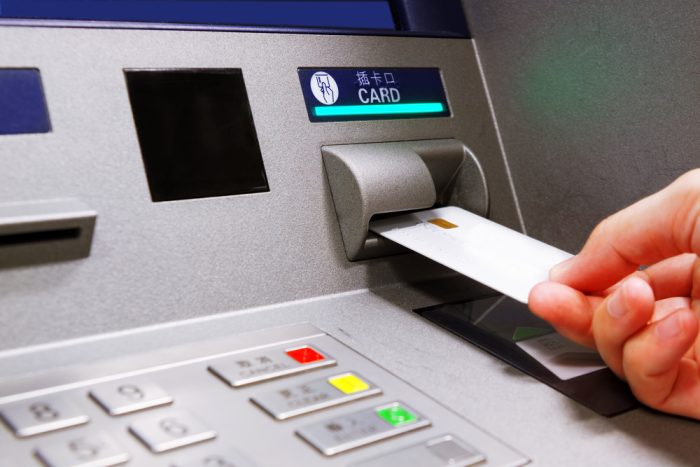Get a Quote
Still Need Help?
Call Us:
916-339-3676
Drop-off Address:
3921 Pell Circle
Sacramento, CA 95838
Get Directions
When Financial Self-Service Becomes Outdated
Banking always goes hand in hand with top-notch customer service and convenience. Banks aim to keep up with the rapid technological advancements to make life easier for customers, old and new. Due to this, older banking equipment are being phased out thanks to the digitalization of processes and transactions.
At Modern Waste Solutions, we help banks dispose of their old and outdated units while putting a huge emphasis on security. Old ATMs and electronic banking components will be disposed of using our multilevel secure data destruction services. Moreover, we offer convenient pickup at your location.
See the other Industries We Serve.
History of ATMs
Automated banking started to revolutionize the financial industry during the 1960s. Quickly, it became a necessity but it offered different functionalities. Some offered automatic withdrawals, while others were used for strict depositories. Eventually, financial institutions came up with a system that would allow customers to access their bank accounts without being limited by bank hours.
American inventor Luther George Simjian secured a patent for one of the world’s earliest ATMs in 1960. After a year, his invention called the Bankograph machine was introduced by the City Bank of New York. However, his machine only allowed deposits and is unable to dispense cash. Customers were apprehensive so they came up with the idea of installing a built-in microfilm camera to record each deposit. This barely moved the needle for customers so the machine was removed out six months later.
Seven years later, the ATM received a huge upgrade and now resembles the ATM we know of today. Engineer Donald Wetzel from the Docutel Organization invented an ATM that requires a plastic card for customer identification, contains information storage on a magnetic strip, and allows customers to withdraw and deposit their money. In 1970, people fully embraced ATMs and is now widespread all over the world.
Drive-Up Banking: Origins and Features
Before ATMs took over the banking world, drive-up banking was what people resorted to during the 1930s. Also known as drive-thru or motor banks, its purpose was to enhance customer convenience as well as protect customer assets from the high rate of robberies during
the Great Depression.
How it worked was tellers operated from underground offices. They practiced a “snorkel” system that used speakers and mirrors to communicate and transact with clients. This snorkel extended above street level, aligned with the client’s car window. Then, an elevator-like mechanism allowed the exchange of money and receipts.
This system was eventually succeeded by the pneumatic tube transport. This completely changed the game as tellers were no longer required to stay underground. This system employed a compressor to move air like a vacuum cleaner. Assets were transported by either suction or propulsion to its intended destination.
Impact of Modern Innovations on the Banking industry
Fast forward to now, smartphones took convenience to another level thanks to banking apps. It allowed customers to manage their assets anytime, anywhere. This breakthrough removed the need to go to a physical bank to do transactions.
Electronic currency, along with the option to use credit and debit cards as primary payment methods, has led to a decrease in the use of cash. This transformation in consumer behavior has led to the closure or decommissioning of several drive-up windows and ATMs.
Despite these operational changes, financial institutions recognize the long-lasting value of ATMs and drive-up windows in providing certain services. To keep up with the times, institutions are upgraded these traditional services, particularly the interactive teller machine. This improved service allows customers to connect via video with a live teller, offering more services than a traditional ATM.
Challenges in Decommissioning ATM Equipment
Due to the constant improvement in security and accessibility, ATMs are often decommissioned even before they reach a state of malfunction or unusability. Disposing of ATMs are often faced with two challenges. Firstly, these machines may contain personal and financial customer information, posing security risk if they fall into the wrong hands. Secondly, ATM disposal comes with environmental concerns due to the presence of diverse and potentially hazardous electronic components.
Recycling Services for Banking Electronics and ATMs
Aside from banking electronics and ATM machine recycling and disposal, Modern Waste Solutions also handles phones, computers, and other types of electronic equipment with care. For more information about our comprehensive services, contact us today!


